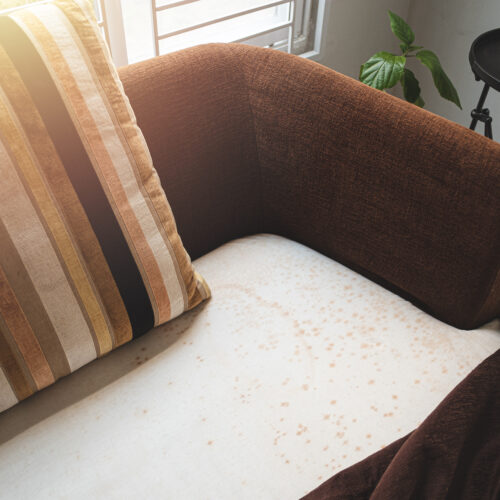June 26th, 2024 | Disaster Restoration

Removing mould from natural fabric upholstery can be particularly challenging, as natural fibres like cotton, linen, and wool can act [...]
Read more
Removing mould from synthetic fabric upholstery is known to be challenging due to the delicate nature of many synthetic fibres [...]
Read more
Mould on leather is particularly challenging to remove because leather, as a natural material, can serve as a food source [...]
Read more
Fake tan stains on carpet are notoriously difficult to remove due to the presence of dihydroxyacetone (DHA), the active ingredient [...]
Read more